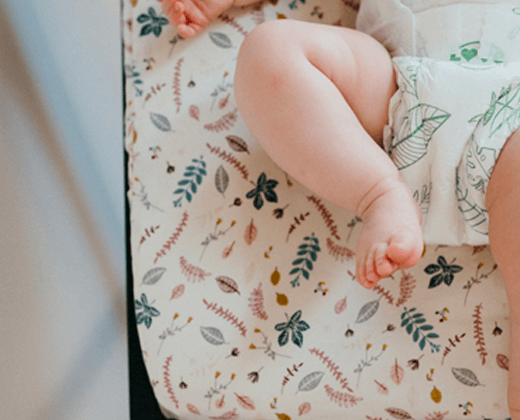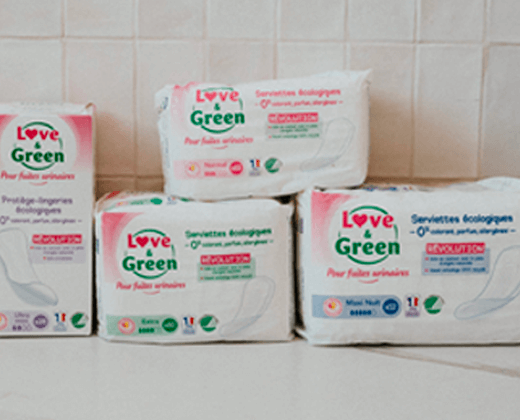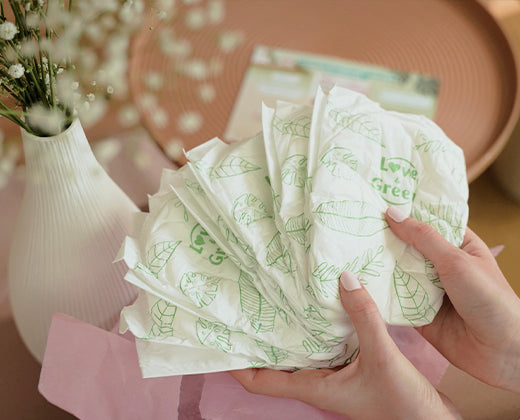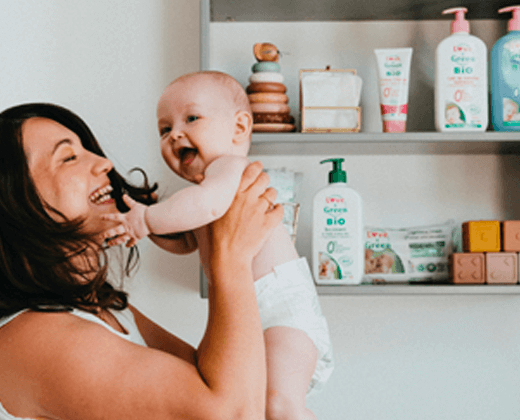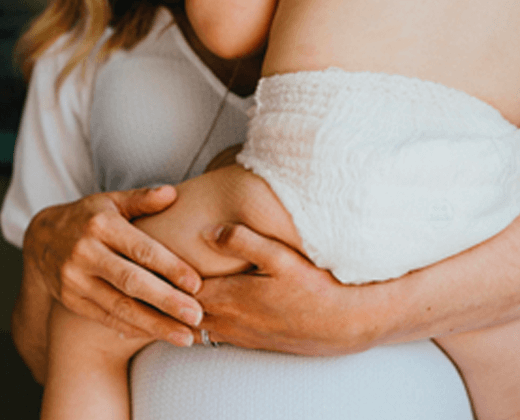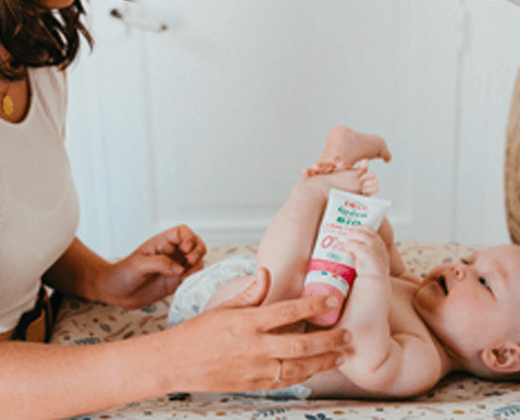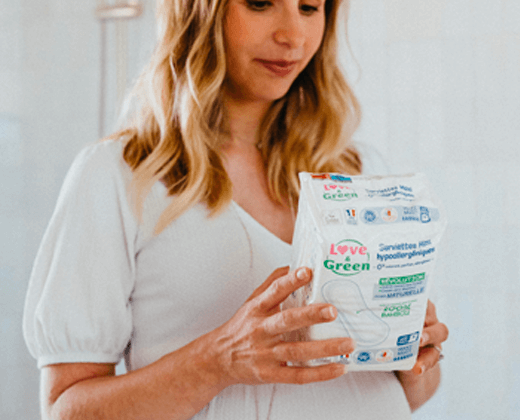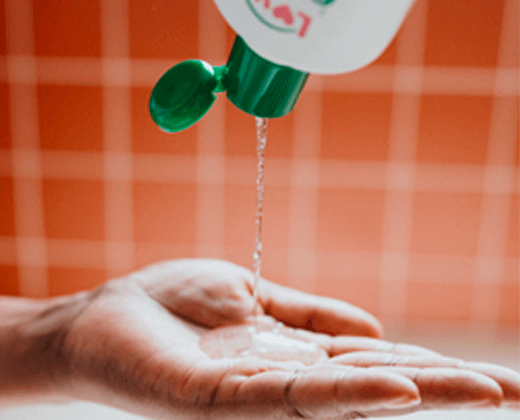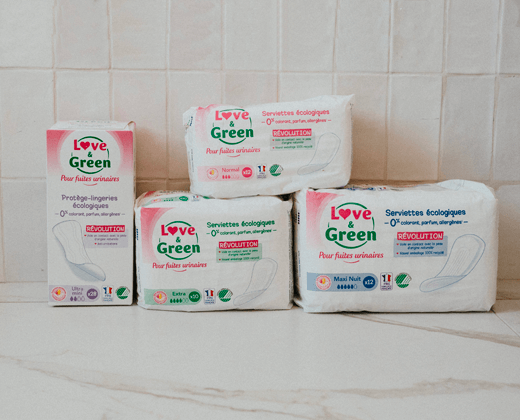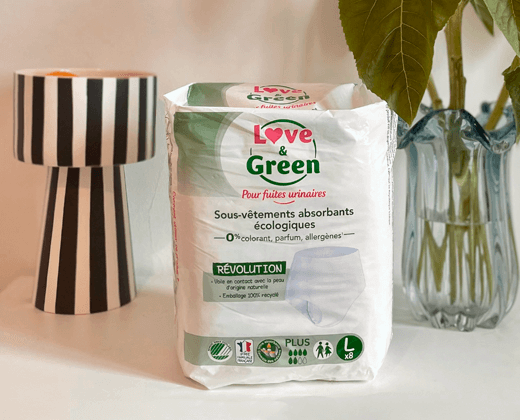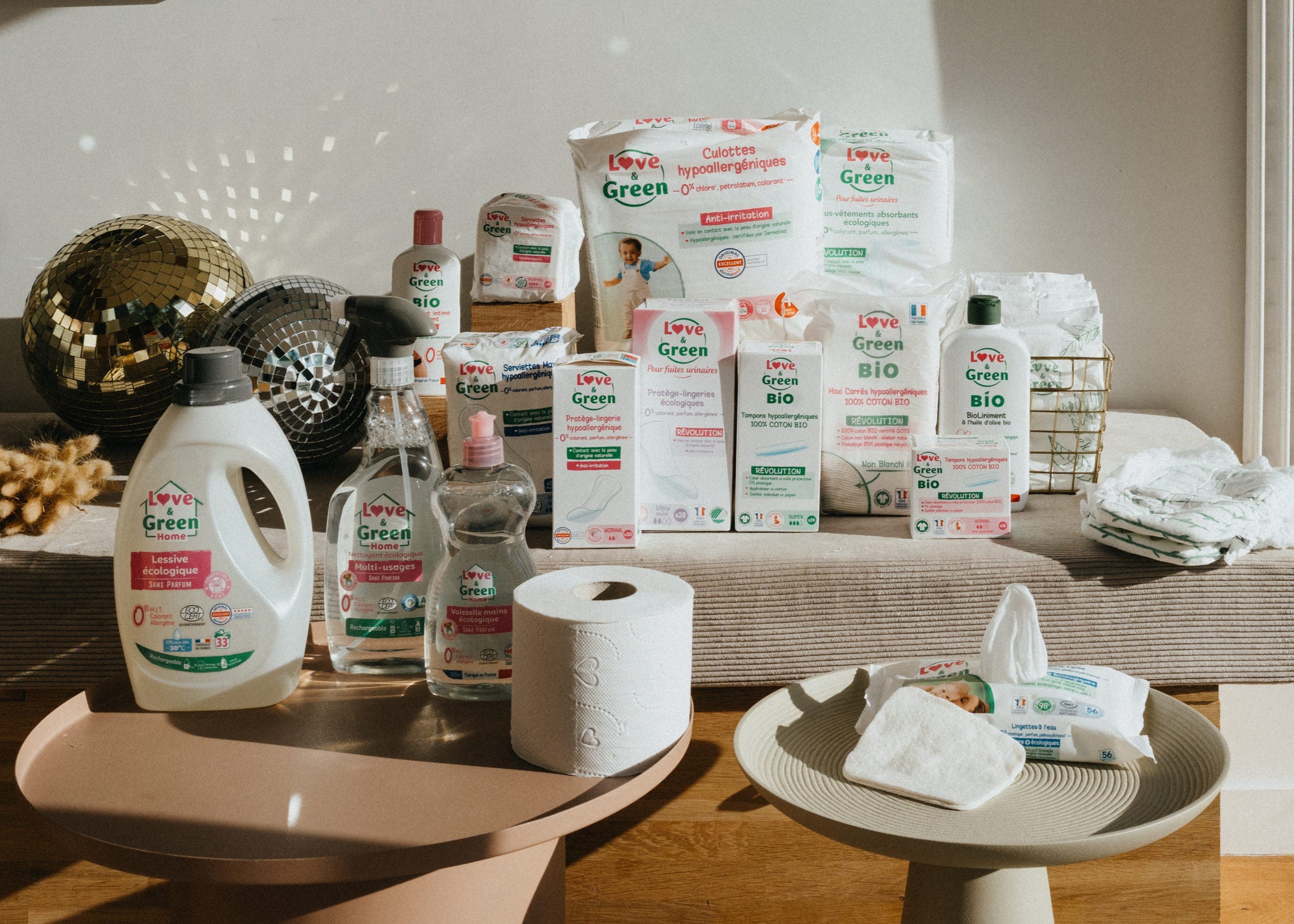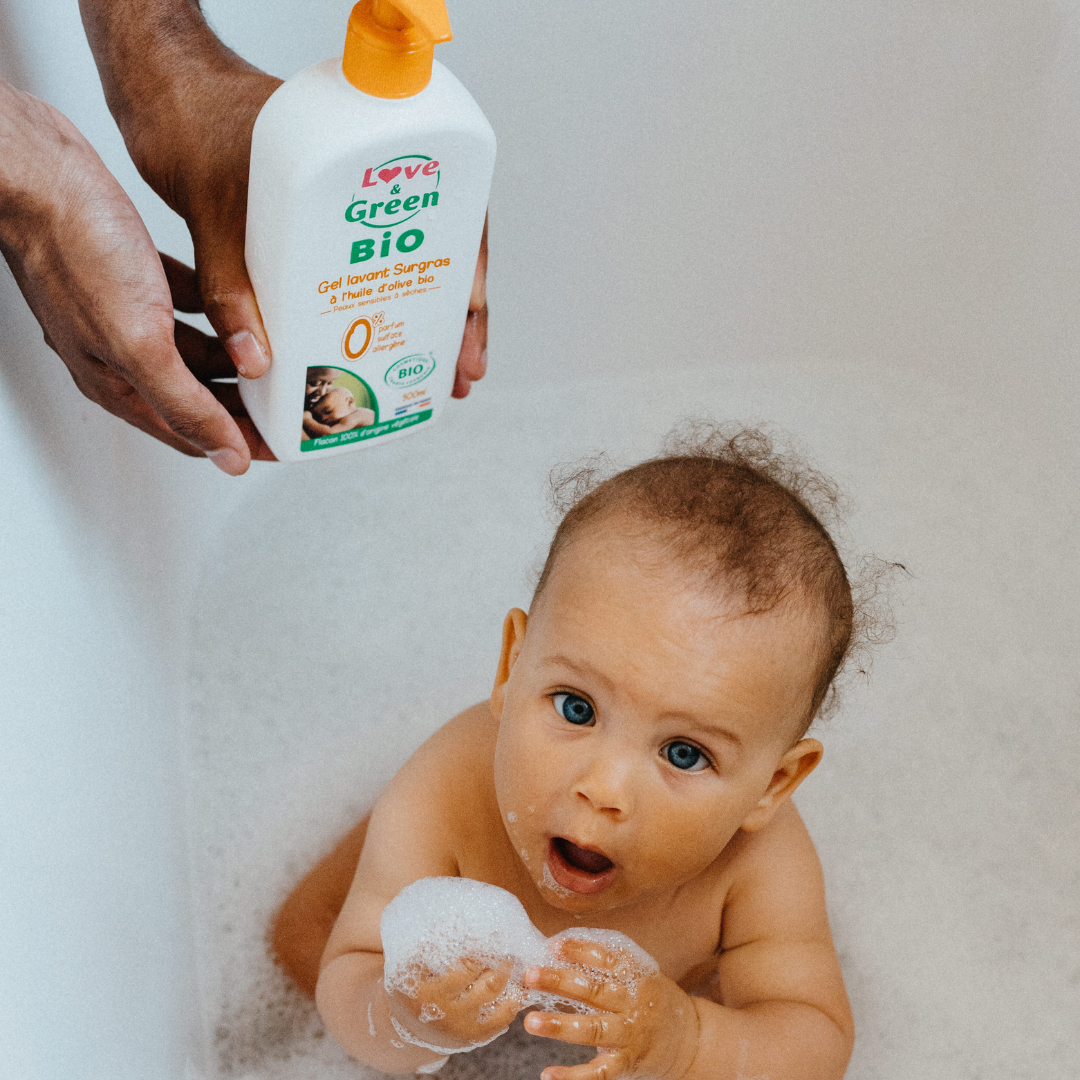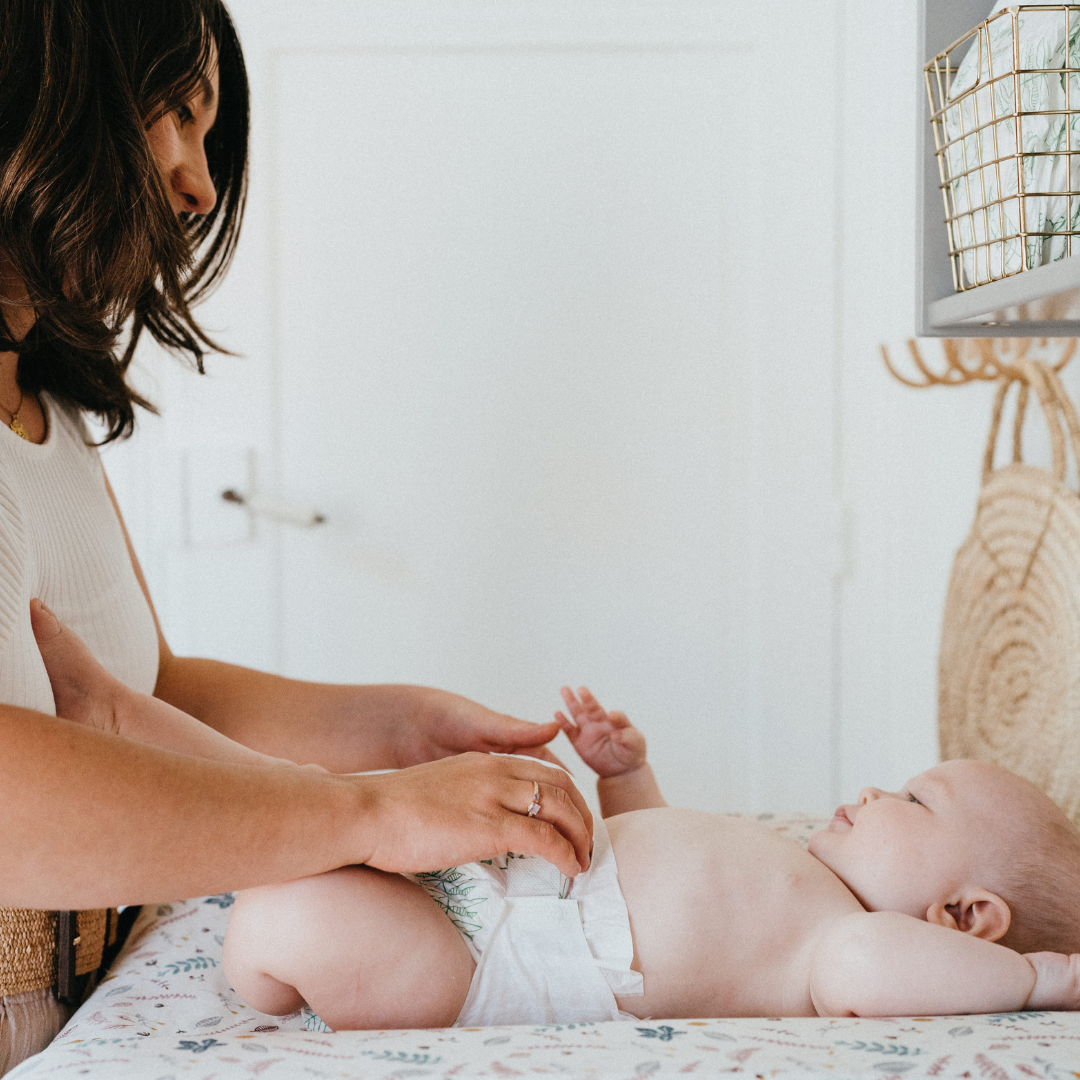On their stomach or on their back, alone in their room or very close to Mom, swaddled up to the neck or free to move around...: in a few generations, newborns have slept in every possible way. You don't really know how to put your baby to bed or where to set up their bed? Taken from the current health record and official recommendations, here are all the tips to provide maximum safety for your little one during the night.
In what position should baby sleep?
After years of conflicting advice, experts are clear: the supine position is the safest for toddlers. Between 1991 and 1997, it reduced the risk of sudden infant death syndrome (SIDS) by 75%. We therefore avoid laying baby on his stomach, but also on his side: unstable, this position makes it easier to roll onto his stomach.
Note that the recommendation remains the same for children who regurgitate. If your little one cannot stand the position on his back and if his regurgitation seems to be causing him pain, it is better to consult your pediatrician or your family doctor rather than putting him to sleep on his stomach.
You place your baby on his back but he tends to turn around? Rest assured: a child who is strong enough to change positions on their own can sleep in all postures without risk, provided they choose them themselves. Do not try to keep him on his back and do not use devices such as baby holds or reducers for this purpose: they could hinder the development of his motor skills.
Is your baby not turning over yet and you are worried that plagiocephaly may appear? The risk of “flat head” is in fact greater when children sleep on their back. On the other hand, it is reduced if you encourage your baby's mobility and strength training during the day (for example by having him play flat on his stomach on an activity mat), if you practice carrying (and not just the stroller) and if you limit the use of the deckchair, which exerts pressure on the back of the head.
In his room or near you: where to sleep your baby?
Here again, the recommendations have evolved significantly over the years. No more injunctions to put baby in his room as soon as he returns from the maternity ward. On the contrary: we now advise you to have your little one sleep in the parental bedroom for at least the first six months of life.
This practice allows you to monitor baby more easily, but also to reassure him if necessary. “Shared sleep”, also called co-sleeping or co-sleeping, is also more comfortable for you, particularly if you are breastfeeding: by eliminating the trips between your room and your baby's room, you save time sleep . A valuable advantage during baby's first months, which are often very tiring for parents...
But be careful: sleeping with baby, yes, but not just any way! Who says proximity does not necessarily mean wild co-sleeping . To sleep close to your baby without putting him in danger, it is better to avoid common blankets, which could slip on his face. This is why experts recommend that you place your little one in a separate bed, placed near yours, rather than sharing a family bed with him.
In any case, always be very careful: never sleep in the same bed as your child if you are very tired or if you are taking medication that reduces alertness, and do not smoke in the shared bedroom.
Have your child sleep in a safe room
Curtains, toys, etc.: so many objects that can be dangerous if placed too close or, worse, in the baby's bed. To ensure perfect safety for your little one, position their bed at a good distance from rods or any other temptation. Also make sure that any mobiles are securely hung - and high enough so that baby cannot detach any parts.
Finally, for a quiet night and safe sleep, check the bedroom temperature. Even if your newborn seems fragile to you, don't turn the radiator on all the way: ideally, the temperature in a child's room should be between 18°C and 20°C. Are you worried because your little one has cold hands? This is a very common phenomenon, which does not justify reviewing the heating setting, or even adding more layers to dress the baby at night: to know if a child is cold, it is the back of the neck that you need to touch!
If he is not too hot and sleeps on his back, in a sleeping bag and in your room, baby will be able to sleep safely.
Good night !

